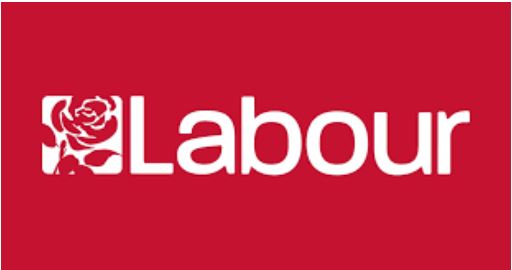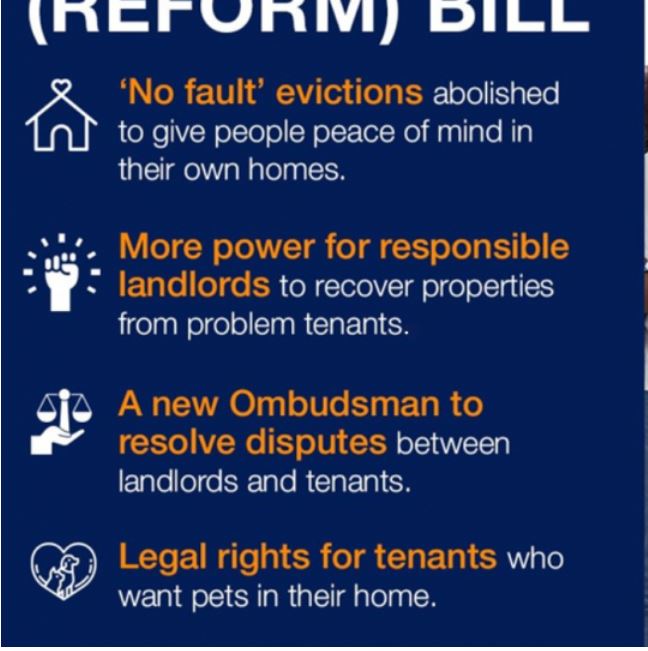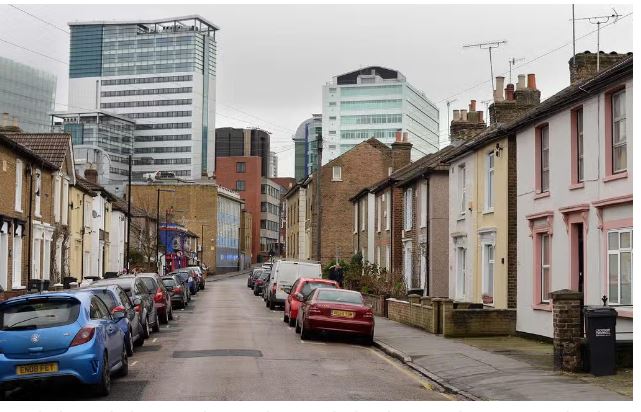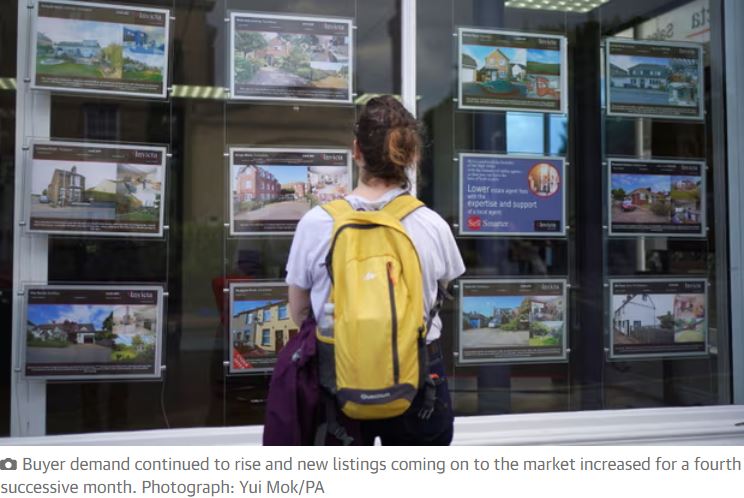Source: The Guardian.com 31/01/22
Q My partner and I own a residential property that we bought in June 2019 at a cost of £217,995. I paid £8,399 in stamp duty which was at the higher rate as I owned (and still own) a buy-to-let property.
We have are interested in moving to a new-build property that is priced at £560,000 but it won’t be ready until February 2023 at the earliest. We want to avoid chain-related issues as best as we can, therefore our thinking is to sell our current residential property and move in to rented accommodation. And then, when the new-build property is available for us to reserve, we can do so knowing that we are not part of a long chain which could fall through at any time.
My question is – what rate of stamp duty will apply here? Is it the higher rate or would it be the standard rate? I will still own the buy-to-let property at the time of the completion on the new-build property but my understanding is that because I am replacing my main residence (ie we sold our current residential property and replaced it with another residential property), then the standard rate applies. Or, will we pay the higher rate on the day of completion but be eligible for a refund of the higher-rate part of the bill because I sold my previous residential property within three years?
VP
A Your understanding is mostly correct. Even though you have a buy-to-let property, because you are selling your “main residence” – to use the jargon – and replacing it with another main residence, the standard rate of stamp duty land tax (SDLT). So there would be no need to apply for a refund.
The higher rate would apply if you still had your current property on the day of buying the new one. But if you managed to sell your old property within three years of buying your new home, you would be eligible to apply for a refund of the higher-rate part of your SDLT bill.
If you don’t manage to sell your old home within the three-year time frame, you have to be able to prove exceptional circumstances. In the words of the government guidance on SDLT, the exceptional circumstances “may be, but are not limited to: the impact of government-imposed restrictions preventing the sale; an action taken by a public authority preventing the sale”.






Share this with
Email
Facebook
Messenger
Twitter
Pinterest
LinkedIn
Copy this link